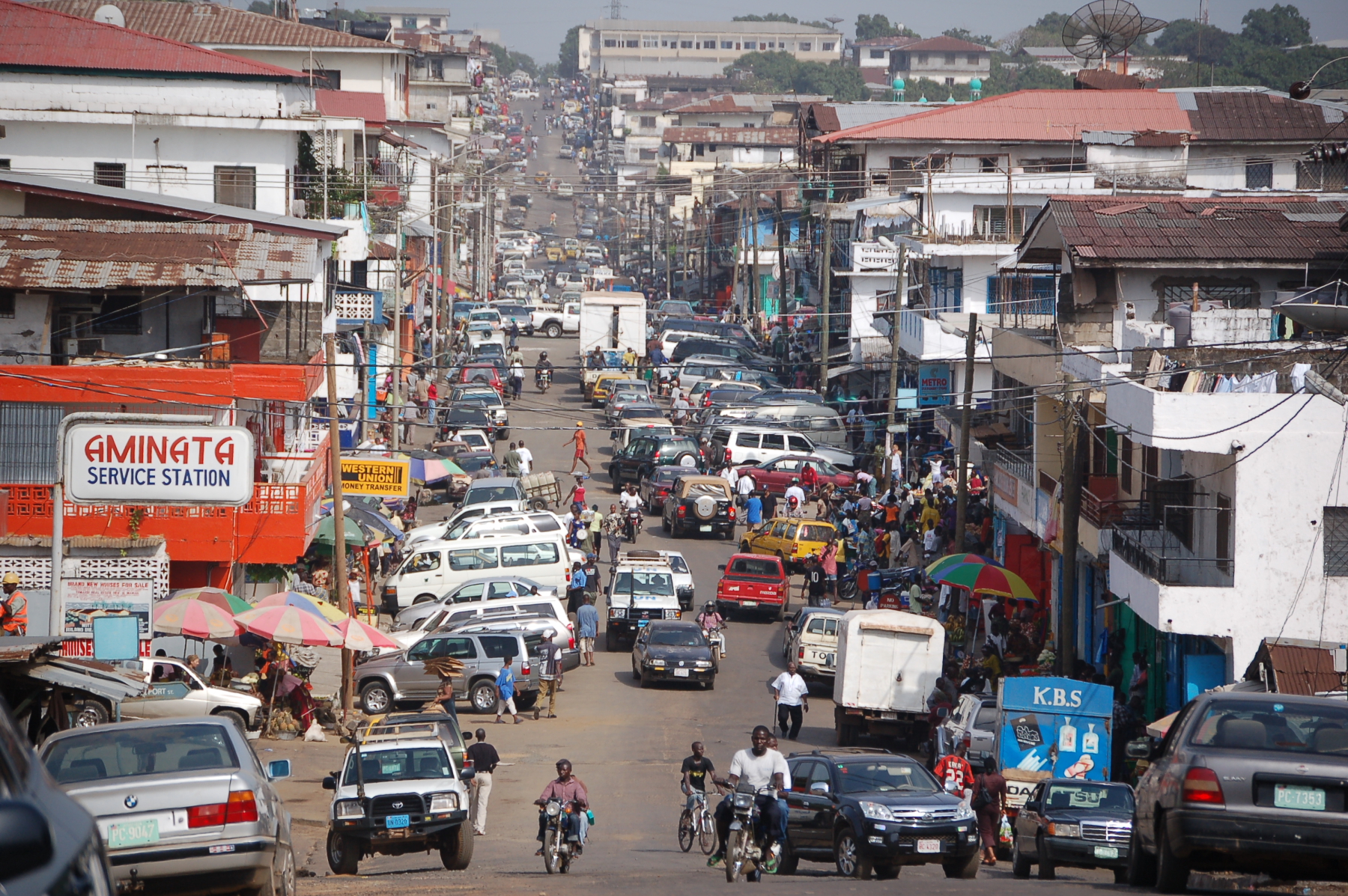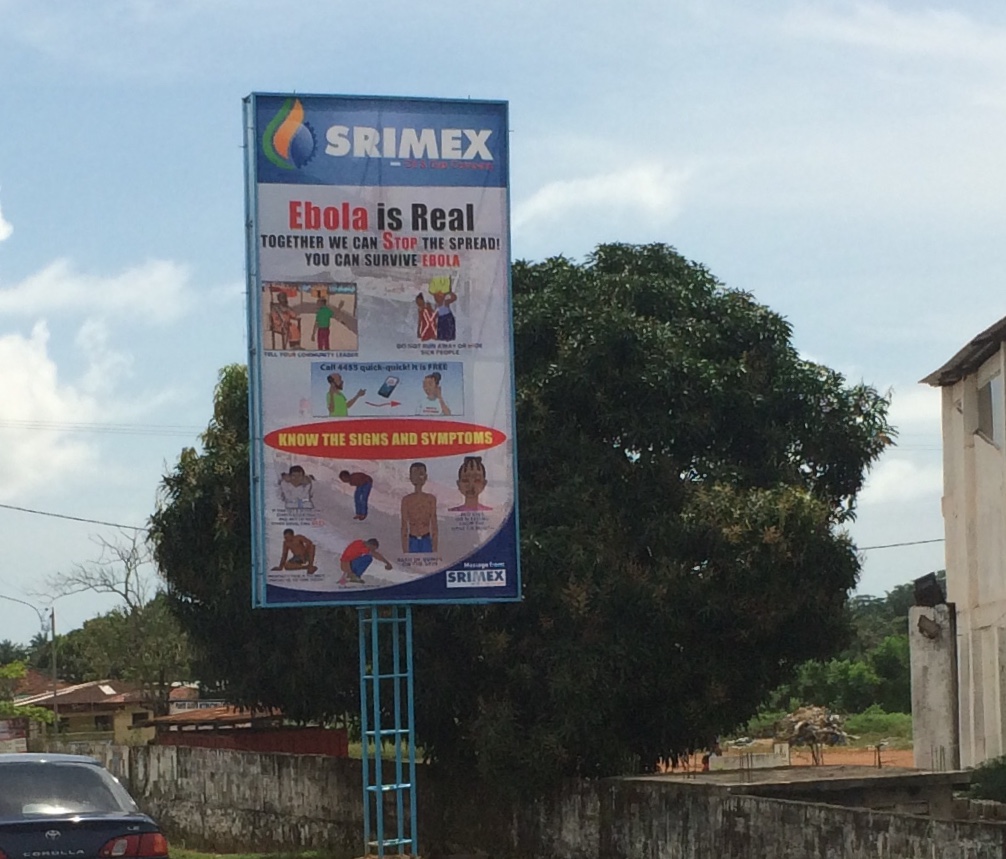Some of you have asked, “What is it like over there?”
The city of Monrovia (1.5 million people) is a hodge-podge of buildings, many of which are older and in some state of neglect. The hot, humid weather causes mold and mildew to grow on almost any surface like a magnet attracting iron shavings. Metal roofing is often brown with rust and the gutters sag or are non-existent.

Cars compete with loud, exhaust-spewing trucks for space along the roads and streets while brave pedestrians attempt to find safe ways to cross. Driving here (and almost anywhere in the developing world) is a combination of “chicken” and mental calculation where inches matter much more than the no-passing stripes on the road. Official vehicles (such as those with UN or Liberian government plates) turn on flashing lights and sirens, passing everyone while driving in the oncoming lanes. Taxis swerve out and around cars that stop along the road, presenting many opportunities for collision. Horns honk constantly.

Life for the common man is not easy here. Jobs are harder to come by ever since the Ebola epidemic and because some businesses closed and others have down-sized. People scrap for whatever work they can get. It is common to see people trying to sell packages of gum or snacks to people in cars stopped at lights. The blind or maimed (usually from the civil war that ended a decade ago) beg for money along the streets, particularly in areas frequented by foreigners.
But the crisis has touched every level of Liberian society. Some of the wealthy have fled the country preferring to live in Europe or the US until the crisis subsides. Schools have closed to help stop the spread of the disease, which will only exacerbate the educational gap created during the civil war years.
 On Fridays and Saturdays, shops are busy and streets are crowded despite Ebola. People have learned to live with the constant threat. Bleach-water hand washing stations line the sidewalks and are required to be used before entering any store or establishment. Monrovians have gladly embraced this new form of disinfection. They also understand that you have to come in contact with bodily fluids of someone with symptoms to contract the disease, and there is no longer the panic that existed a few months ago. Ebola-prevention education for the public is going on everywhere. It is just the new way of life in Monrovia.
On Fridays and Saturdays, shops are busy and streets are crowded despite Ebola. People have learned to live with the constant threat. Bleach-water hand washing stations line the sidewalks and are required to be used before entering any store or establishment. Monrovians have gladly embraced this new form of disinfection. They also understand that you have to come in contact with bodily fluids of someone with symptoms to contract the disease, and there is no longer the panic that existed a few months ago. Ebola-prevention education for the public is going on everywhere. It is just the new way of life in Monrovia.
Heart to Heart International is extremely busy preparing for the opening later in November of our own Ebola Treatment Unit. It will be located in a town eight hours away where we will have most of our staff based. Right now, we are hiring Liberians for many jobs including medical workers, ambulance drivers, logistics personnel and accountants. It is a hectic but amazing time to be here, knowing that people’s lives are at stake.
And when this Ebola outbreak is eradicated, there will be more work. The tiny medical infrastructure of Liberia that existed before the outbreak (there were fewer than 50 Liberian doctors at the start of this epidemic for a country of over four million souls) has been gutted. It will be necessary for other countries to help in its rebuilding rather than leave people to the mercies of treatable diseases like malaria, typhoid and HIV, not to mention the risks of childbirth and accidents. Along with many others, we are already thinking about the post-Ebola time to come.
-Jim
